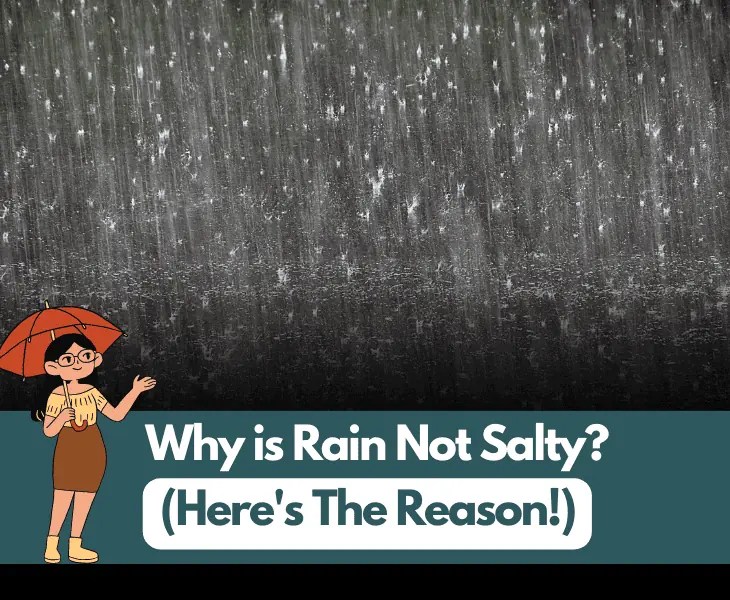In today's health-conscious world, the term "not salty" has gained significant attention, particularly in discussions about diet and nutrition. As more people become aware of the impact of sodium on their health, understanding how to maintain a low sodium diet has become essential. This article will explore the importance of a low sodium diet, its benefits, and practical tips on how to achieve it.
High sodium intake has been linked to various health issues, including hypertension, heart disease, and stroke. This makes it crucial for individuals to be mindful of their sodium consumption and to adopt a diet that emphasizes low sodium options. In this comprehensive guide, we will delve into the nuances of sodium intake, its effects on the body, and how to successfully implement a low-sodium lifestyle.
Whether you're looking to improve your overall health, manage specific medical conditions, or simply want to feel better, reducing your sodium intake can play a significant role. Let’s take a closer look at what it means to be "not salty" and how you can embrace a healthier lifestyle.
Table of Contents
- What is Sodium?
- Health Risks of High Sodium Intake
- Benefits of a Low Sodium Diet
- Tips for Reducing Sodium Intake
- Low Sodium Foods
- Reading Food Labels for Sodium Content
- Meal Planning for a Low Sodium Diet
- Conclusion
What is Sodium?
Sodium is a mineral that is essential for various bodily functions, including maintaining fluid balance, nerve transmission, and muscle contraction. It is naturally found in many foods and is also added to processed foods as a preservative and flavor enhancer. While sodium is necessary for health, excessive intake can lead to serious health problems.
Health Risks of High Sodium Intake
Consuming too much sodium can have detrimental effects on health. Here are some key health risks associated with high sodium intake:
- Hypertension: High sodium consumption is a leading cause of high blood pressure, which increases the risk of heart attack and stroke.
- Heart Disease: Excess sodium can contribute to heart disease by causing the heart to work harder to pump blood.
- Kidney Damage: The kidneys help regulate sodium levels in the body. High sodium intake can damage the kidneys over time.
- Osteoporosis: Excess sodium can lead to calcium loss in the urine, increasing the risk of osteoporosis.
Benefits of a Low Sodium Diet
Adopting a low sodium diet can lead to numerous health benefits, including:
- Lower Blood Pressure: Reducing sodium intake can help lower blood pressure, reducing the risk of heart-related illnesses.
- Improved Heart Health: A low sodium diet can lead to better overall heart health and lower cholesterol levels.
- Better Kidney Function: Maintaining a lower sodium intake can aid in preserving kidney function and health.
- Weight Management: Many low sodium foods are also lower in calories, making it easier to maintain a healthy weight.
Tips for Reducing Sodium Intake
Here are practical tips for effectively reducing your sodium consumption:
- Cook at Home: Preparing meals at home allows you to control the ingredients and sodium levels.
- Use Fresh Ingredients: Fresh fruits, vegetables, and meats often have lower sodium content compared to processed foods.
- Flavor with Herbs and Spices: Instead of salt, use herbs and spices to enhance the flavor of your dishes.
- Be Mindful of Condiments: Many condiments, such as soy sauce and ketchup, are high in sodium. Opt for low-sodium versions or use them sparingly.
Low Sodium Foods
Incorporating low sodium foods into your diet can help you reach your health goals. Here are some excellent options:
- Fresh fruits and vegetables
- Whole grains (brown rice, quinoa, oats)
- Lean proteins (chicken, turkey, fish)
- Legumes (beans, lentils)
- Unsalted nuts and seeds
Reading Food Labels for Sodium Content
Understanding food labels is crucial for managing sodium intake. Here are some tips for reading labels:
- Look for sodium content per serving and choose products with lower sodium levels.
- Check the ingredient list for hidden sodium sources, such as sodium nitrates and monosodium glutamate (MSG).
- Consider the serving size; sometimes products may seem low in sodium, but the serving size is misleading.
Meal Planning for a Low Sodium Diet
Effective meal planning can help you stick to a low sodium diet. Here are some strategies:
- Plan your meals for the week ahead to avoid impulsive choices.
- Prepare a shopping list focusing on low sodium foods.
- Cook in bulk and store meals for convenience, ensuring they are low in sodium.
Conclusion
Maintaining a "not salty" diet is essential for promoting overall health and well-being. By understanding the importance of sodium, recognizing its risks, and adopting practical strategies to reduce intake, you can significantly improve your health outcomes. Start today by incorporating more low sodium foods into your diet, cooking at home, and being mindful of food labels. Your body will thank you!
We encourage you to share your thoughts in the comments below, share this article with friends, and explore more health-related articles on our site for further information.
Thank you for reading, and we hope to see you back for more valuable insights into maintaining a healthy lifestyle!




